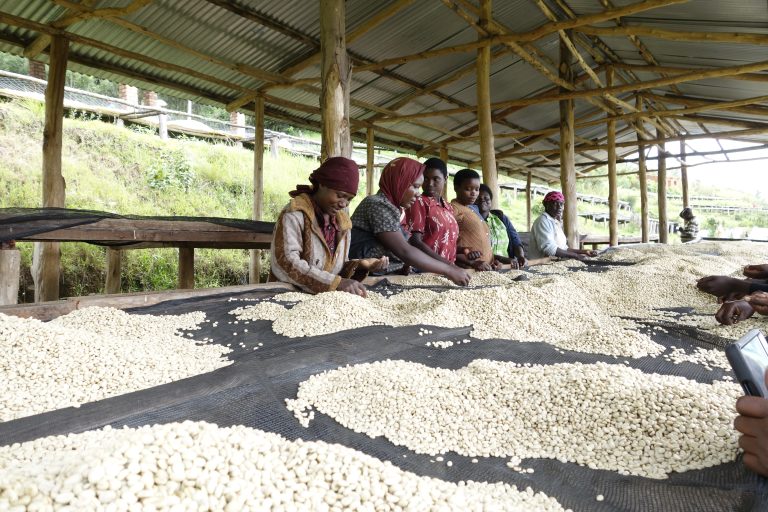Why this coffee stands out?
As we have noticed, Rwanda is not as popular as other coffee-producing countries in Africa, either because of its small production or because of its political history. Despite that, Mahembe #4 takes the top spot among the most requested coffee samples this month.
Isn’t that great? We have found this coffee to be unique, with differences from other coffees in Rwanda in general, and with great potential. It combines our three favourite things:
Outstanding quality, a heartening story of the person behind it, and represents a project that focuses on improving the living conditions of the farmers.
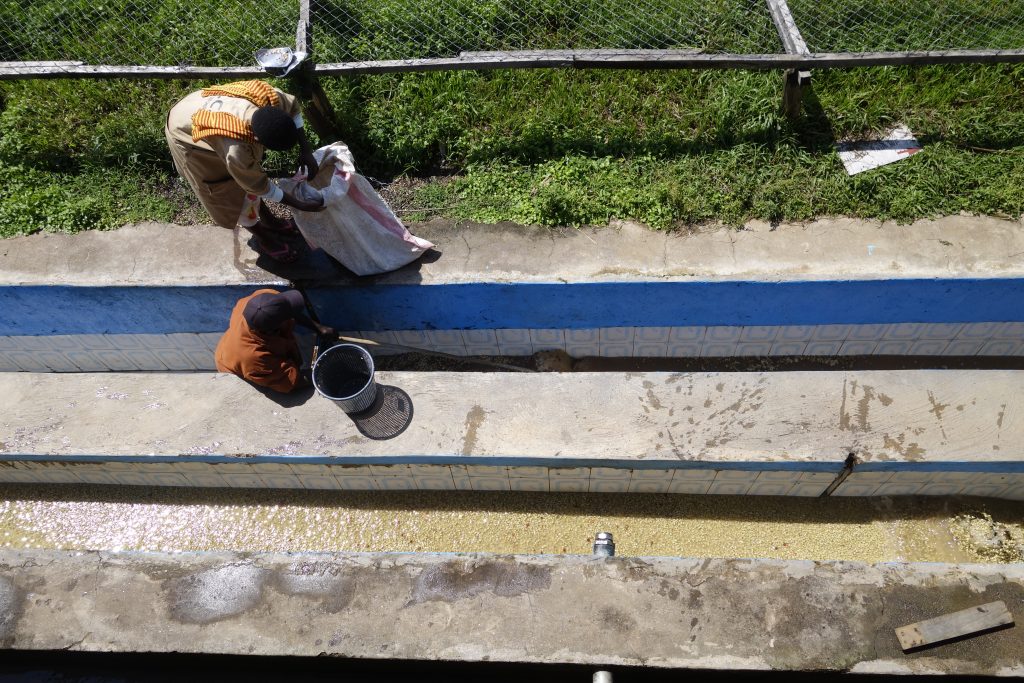
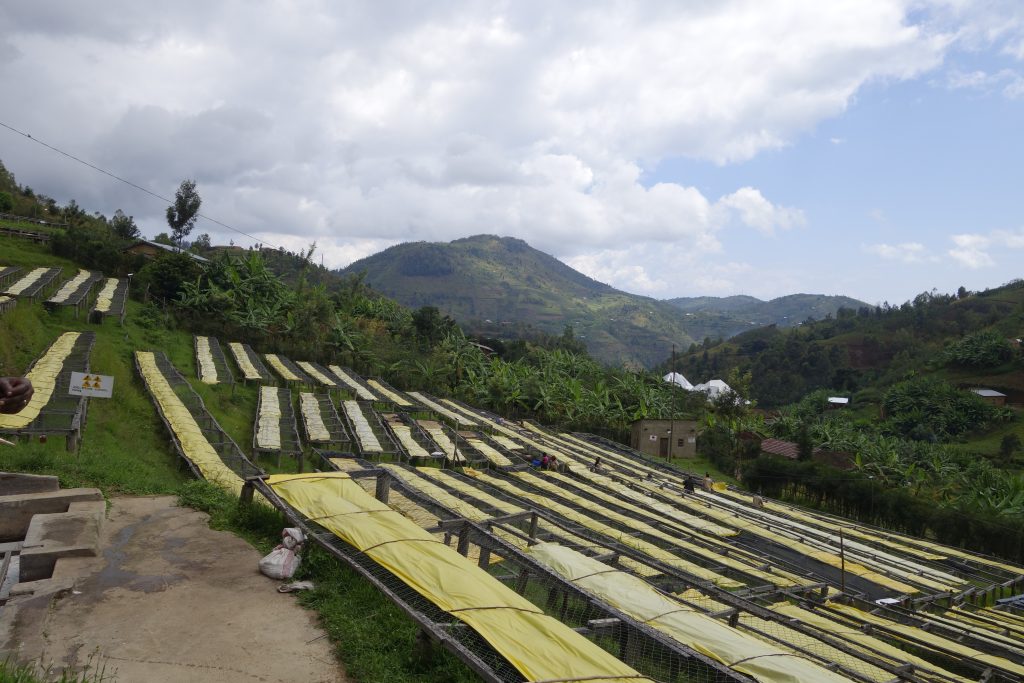
What does it taste like?
This is a super well-balanced coffee. Elegant and layered with lots of white florals, brown sugar, orange and dried apricot.
It is perfect for those who enjoy a soft and sweet cup with little acidity.
It has a cupping score of +87, so it’s something special!
Where does Mahembe #4 comes from?
Rwanda is a small, landlocked country with a very dense population. Coffee has been a mainstay of its economy since the 1930s. However, the coffee industry was severely threatened by the global coffee price drop in the 1990s, followed by the Rwandan genocide in 1994 which left the country broken and vital coffee infrastructure destroyed.
Fortunately, much has changed in the last 15 years. Rwanda has pushed through government reforms that have made it easier to sell coffee. The country has made remarkable changes and thanks to the implementation of some NGO-led projects, Rwanda is putting itself on the map as an origin of specialty coffee. Increasingly, we see that the quality is only improving as the country continues on the road to recovery.
There are about 500,000 smallholder coffee farmers in Rwanda, and on average they have about 170 coffee trees each. This is tiny compared to other countries.
We can find about 300 washing stations, which generally only produce fully washed coffees. In cases where coffee is not processed by a washing station, it is processed at home and sold as lower quality coffee on the local market.
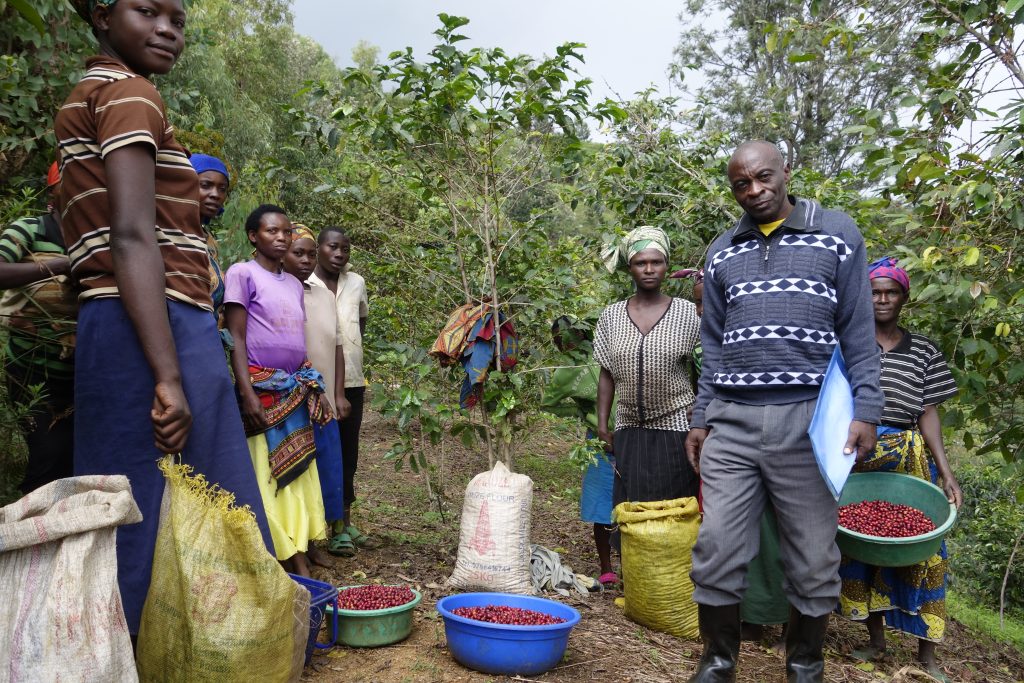
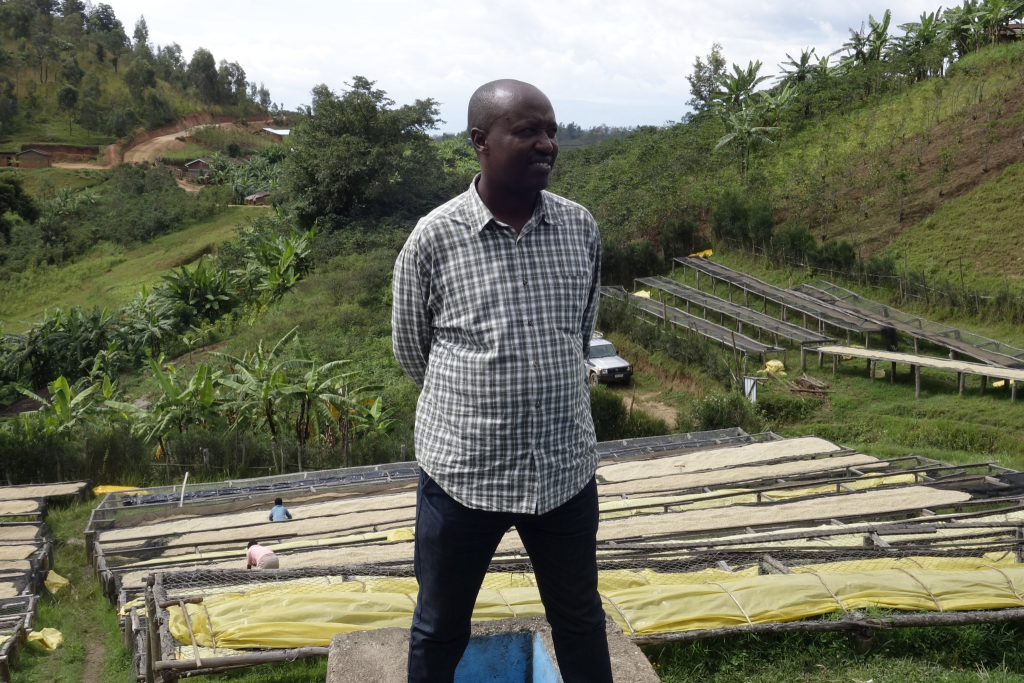
Those behind its success
This coffee comes from Mahembe, which is a privately owned washing station managed by Justin Musabyimana in the district of Nyamasheke.
Justin was born in Mahembe sector. After moving away for some time, he decided to come back home to work in his father’s coffee plantation and invest in the community.
In 2010, he decided to process his own cherries instead of selling to neighboring washing stations, which gave him the idea to start building his very own station.
Justin’s organised operations, plus the work he does on the ground to improve quality, yields great results in the cup. Apart from that, his strong bond with the surrounding farmers and the fact that he offers competitive prices for cherries, help him maintain his relationship with the community and produce great coffee.
More facts:
- Mahembe means a place of high chain of mountains
- The washing station makes organic fertilizer from the coffee pulp.
How is it processed?
The picking season in Rwanda can vary depending on the weather and the altitude. Generally, it can run from March through to August. Farmers sort cherries themselves and if this is not done sufficiently there are staff who will do further sorting.
The cherries are placed in a tank before pulping, where floaters are removed and processed separately as lower-grade coffee. A Penagos Eco Pulper removes the skin, pulp and 70% of the mucilage. The coffee is then dry fermented for 10-12 hours. After this the parchment is graded and washed in channels, it is separated into two grades based on density before being soaked under clean water in tanks for 16 hours.
The parchment is taken to pre-drying tables, which are under shade, and hand sorting is done while the parchment is still wet, which facilitates removal of any remaining defect. Then, parchment is dried on African drying beds for up to 21 days. A shade net is used to cover the coffee during the hottest hours of the day, at night, and anytime it rains.
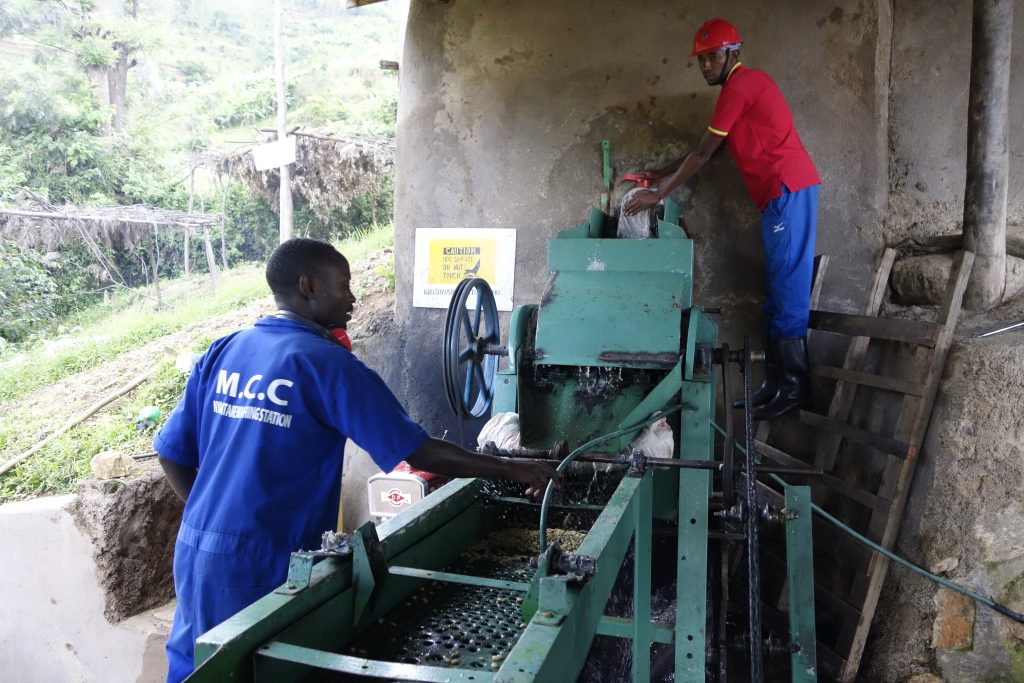
Do you want to give your opinion about Mahembe #4
Send us a comment with your opinion and we will add it to the testimonials.
#ArtOfOrigin
The experience of cupping coffee has just turned into an exhibition!
